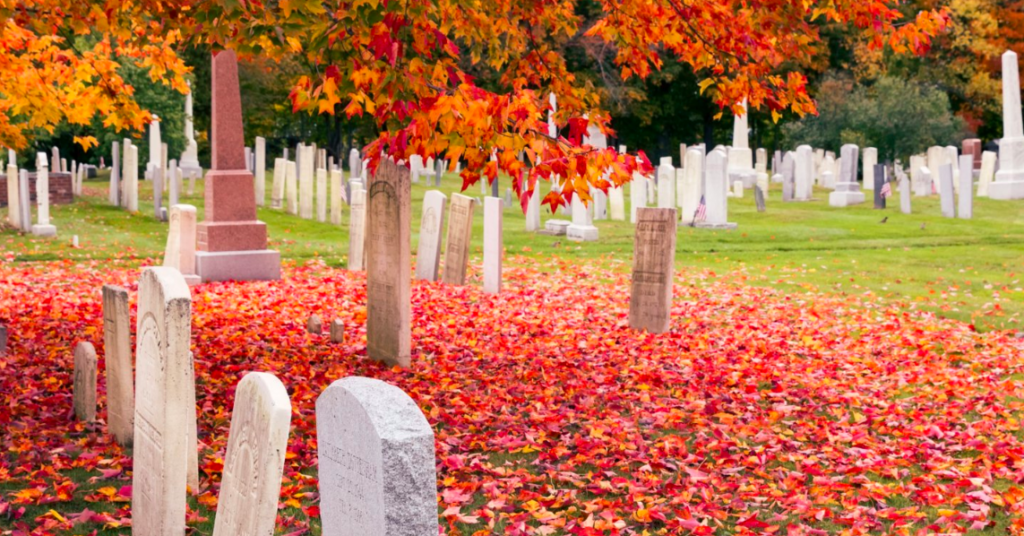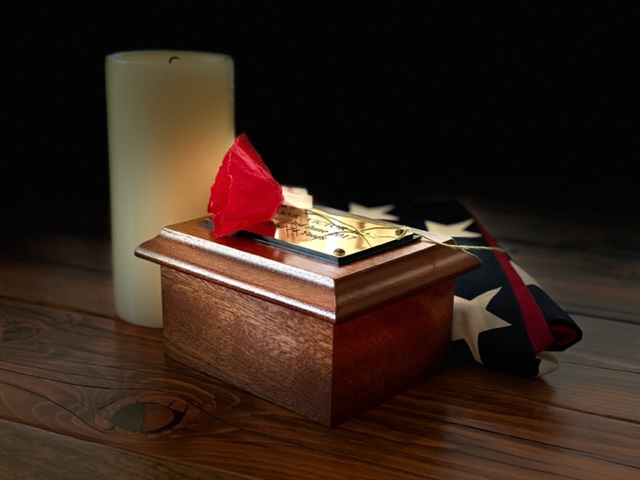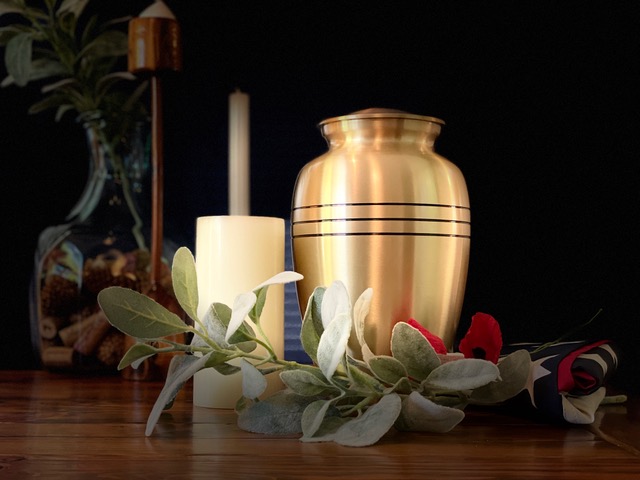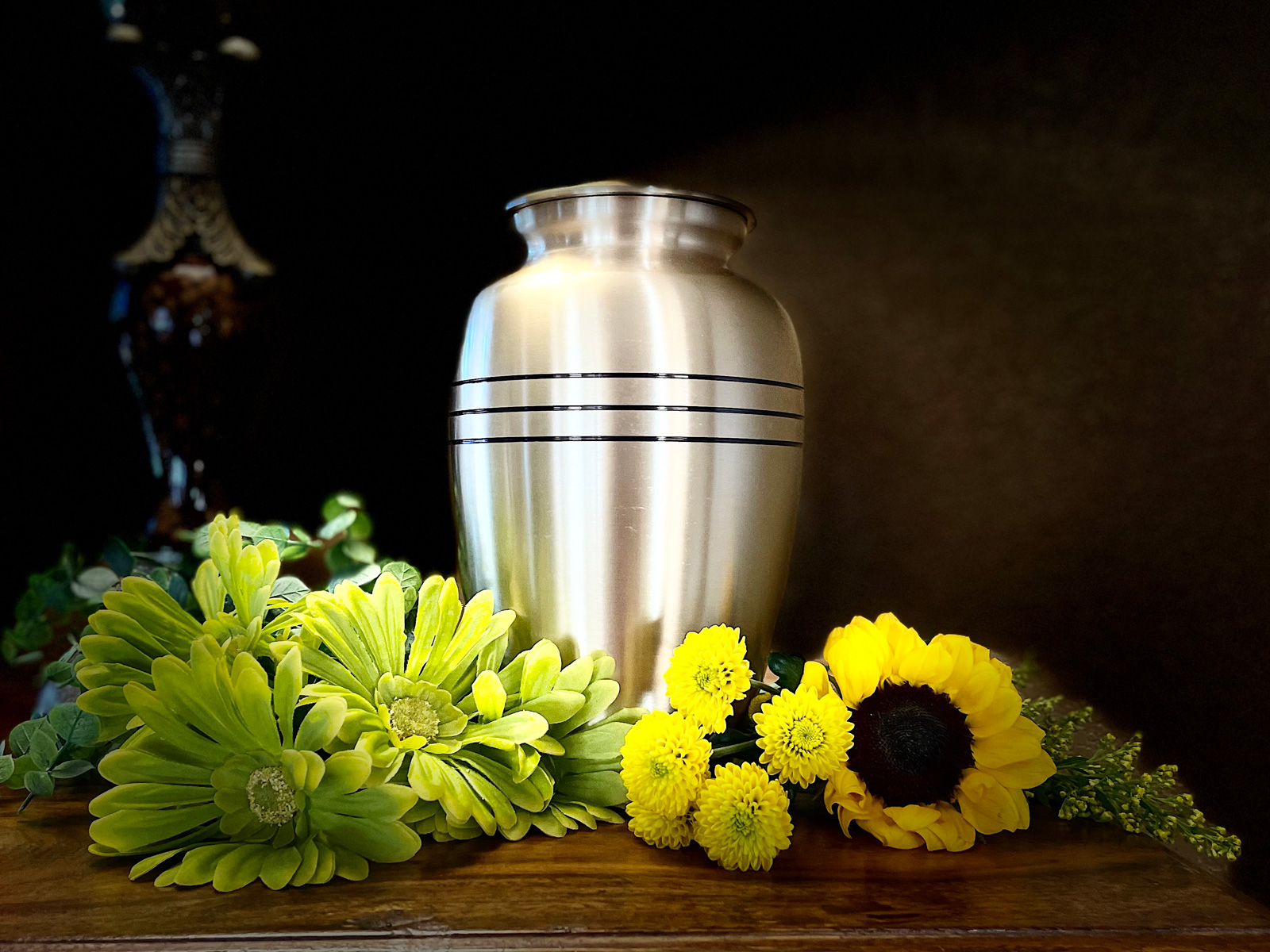The U.S. cremation rate is now at just over 60%. Forecasts are for the rate to reach 80% within 20 years. So, how is the cremation trend changing the funeral industry this year? Are cremation prices increasing, along with gas prices? Will the cremation rate continue its upward trend? Or will consumers shift to greener alternatives in a bid to address concerns about climate change?
Some say that the funeral industry faces some grave challenges.
Let’s first look at how this cremation trend affects the cemetery industry.
Cemeteries are certainly facing a huge challenge. In recent years, some cemeteries have added cremation niche mausoleums and ash scattering gardens. Now, there are reports of cemeteries in some locales merging. This is an attempt to better prepare for a future with a very low burial rate and reconcile overhead costs.

Cemeteries are not as popular as they once were. With Americans’ attitudes changing, more migration happening, and less religious and nuclear family values, cemeteries are becoming green spaces with little foot traffic. Progressive cemeteries have added green burial sections and realigned their purpose in their community by holding community recreational events.
As the cremation rate continues to climb, cemeteries will be further challenged to stay operational. Families save thousands of dollars opting for cremation instead of burial, but these same families are then less likely to spend hundreds of dollars interring cremated remains. Cremation niches, scattering, or interring ashes all cost if you use a cemetery.
Fees start at around $300 for a basic scattering or natural burial of cremated remains, although most cemeteries will likely charge a minimum of $500 to inter cremated remains.
And, now, what changes have we observed in funeral homes?

I think there are several distinct changes that we can see. Firstly, the revenue potential for funeral homes has decreased markedly. The average cost of a traditional funeral is $7,848 (NFDA) without any cemetery costs. If a family now opts for a cremation service, that price is likely to drop to around $3,600. So, it is easy to see that funeral home revenue must decrease as families shift from traditional burial to cremation.
Secondly, more small independent funeral homes are installing cremation equipment. Presently, 30% of funeral homes own and operate their own crematory, with a further 10% planning on installing equipment in the next 12 months. The current growth trend in cremation may indicate it is a sound business strategy to install cremation equipment on-site. However, this equipment can be costly for a small business. If a funeral home cannot increase its volume of cases and now has increased its overhead, it could be in serious trouble in the coming months or years.
Other changes we are seeing are related to changes in legislation and training. Many states require funeral homes to have an embalming room to be licensed. Some years ago, this was challenged in Minnesota by Crescent Tide Funeral & Cremation Services. The small funeral business challenged the requirement for an embalming room when all they were offering was cremation services. They won their case.
Other states are beginning to revisit funeral legislation, especially where it is holding small funeral businesses back. More training is being implemented for cremation technicians who do not have to hold a funeral director’s license. In Florida, the law permits a business to open as a ‘Direct Disposer’ only.
More funeral homes have already opened and continue to open separate cremation companies to cater specifically to the demand for cremation. Many funeral homes have sought to extend their normal service area in an attempt to generate an increase in cremation cases and, hence, increase their revenue. This, of course, has implications for small funeral homes that are not competing in the cremation market.
How can all funeral homes remain in business when over half of Americans are opting for a cremation? And furthermore, figures indicate that around 80% of those cremation services are low-cost direct cremation. In most cities now, a direct cremation can be arranged for around $900.
How is the death care sector changing overall to adapt to cremation?

A few big changes are beginning to occur. Most notably, I have observed increased acquisition by larger funeral groups.
This is not only corporate acquisition on a large scale but a number of private regional and even private family groups extending their reach into new markets.
The Internet has changed the marketing of funeral services more than any other medium in the last century. Marketing funerals has always been complex—selling a service that no one really wants to purchase!
Now, funeral companies are using Google Ads to position themselves in a way never before possible, with a greater capacity to reach areas and markets with greater ease and investment. Aside from the increase in funeral homes now having websites and entertaining social media, a growing number are offering online arrangement portals, allowing families to conduct cremation arrangements without ever visiting the funeral home.
The future journey ahead for the funeral industry.
Here are my predictions for some further changes we are likely to see in the next 10 years. We will see a reduction in the number of funeral homes in the U.S. The number has decreased by at least 2,500 over the last 10 years. However, many more small-town funeral homes will not be able to compete in the changing death care landscape.
A Potential Growth in More Eco-friendly Disposition Alternatives

I believe there is a probability that we will see another shift in the landscape. There is a growing concern about the environment and an interest in natural death care alternatives. Cremation (albeit more eco-friendly than traditional burial) still creates the same emissions as a 500-mile car journey.
There has been a simmering interest in greener death technologies and alternatives. The attention given to Climate Change from 2021 onwards will likely begin to impact our death care choices. Our final journey is one in which we can choose to be as kind to the environment as possible.
Green Funerals and Natural Burial have been around for some time, but recent surveys have indicated that 52% of Americans would consider a green funeral. A green burial is still cheaper than a traditional burial but more expensive than a simple cremation.
Alkaline hydrolysis (water cremation) and human composting are new initiatives that are causing disruption. If gas costs, cremation permit fees, and emission charges rise, the cost of cremation may escalate to a point that the public will revert to a new alternative that offers affordability and simplicity.
Water cremation (in the 20 states where it is legal) can be conducted for between $1,295 and $2,500, making it an environmentally friendly alternative. If gas prices and other costs drive up the price of flame cremation, water cremation may become as affordable and certainly have a much lower carbon footprint.
As we move into 2024, we also witness a growing concern about the economy, especially rising energy and gas prices, which affect everyone. In the last 18 months, we have observed that many cremation providers are increasing their cremation costs to account for rising gas prices. Within our network, 40% of providers have increased their direct cremation base price by $50 to $150.
If cremation costs continue to rise, and other greener alternatives come to the market at a more affordable cost, will we see a shift away from cremation being the preferred choice for most families?
Human Composting (Natural Organic Reduction) has now been legalized in 7 states and offers an eco option.
It will certainly be interesting to observe what further changes and challenges 2024 and beyond bring for the funeral industry.


